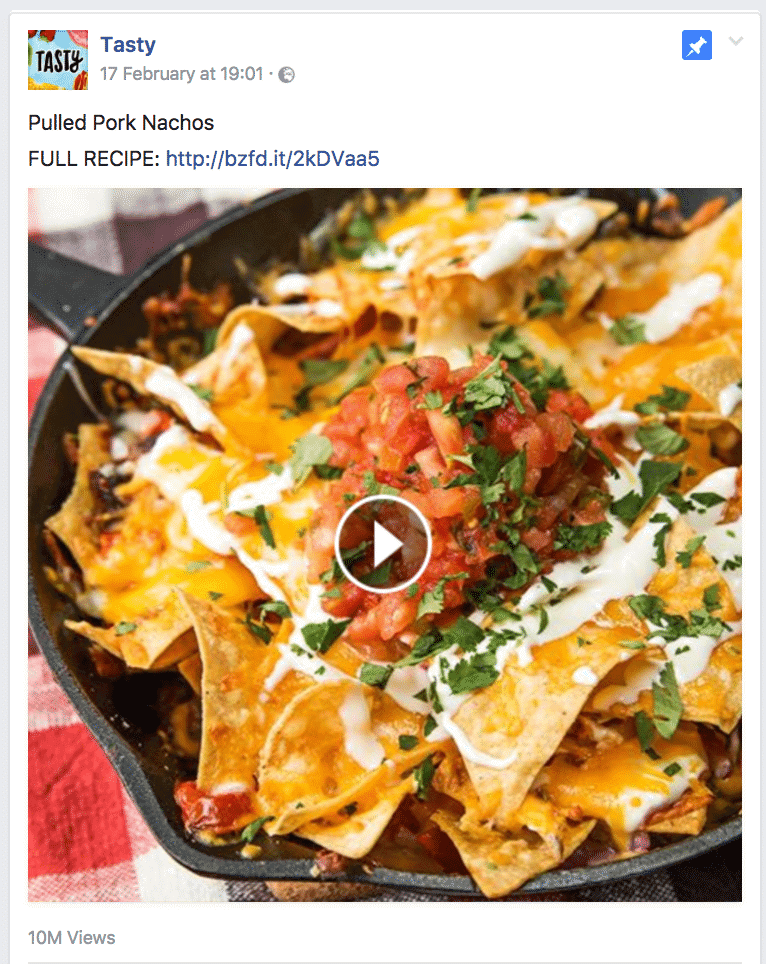How to play the short-form content game and make it work for you.
We know we’ve been preaching the long-form gospel of late, but that doesn’t mean you can’t make short-form content work for you. What it does mean, is that—contrary to popular opinion—our attention spans aren’t shrinking to nothing, and that running a short-form campaign may actually be harder than a long-form one. Short-form content has to be intense and well-managed, and if you’re going into it thinking you can save money you’re liable to be disappointed.
That said, there are ways to make it work. Here are the top 3 ways we’ve seen short-form content work.
1. Are you famous?
Yes, we’re being cheeky. But again, short-form content is hard to do, and this is a case in point. Seth Godin is one of the best-known and oft-cited masters of short-form blog posts. He can be so brief that he may as well have tweeted it. And yes: his blog is super successful. He’s also famous, has published numerous books, and blogs every day.

This honestly could have been a tweet.
The point here is that Seth Godin can get away with things you can’t, precisely because he’s Seth Godin. And yes: his posts are interesting and insightful. But they’re rarely something you would link to, or use as back-up reference material for anything but a blog post demonstrating how someone can run a short-form content campaign.
But more importantly, Seth Godin isn’t necessarily running a short-form content campaign. His blog is part of his brand. It does great things for getting his message out and bringing traffic to his sight. But only if you already know who he is. Seth Godin isn’t bringing anyone to his blog through organic search traffic. He’s not running an SEO campaign. He already has an audience, and he’s using short-form content to keep a finger on the pulse. Remind them he’s there. Keep the connection alive. If you don’t already have an audience, this isn’t going to work for you.
2. Can you post consistently and daily?
Many people launch into a short-form content campaign under the illusion that it will save them money. But to be truly successful, your short-form content has to come at a faster pace. The trade-off you’re making is that, instead of long, detailed content, you’re creating shorter content, but more of it. This usually means some really high-powered people who can come up with a lot more ideas for super great content pieces. And let me be the first to tell you: coming up with good ideas for content is often the hardest part of the job.
Those long-form pieces give you the space to really explore an idea. Short-form content blows through topics like nobody’s business. And each individual piece usually bring a much smaller return on investment, so you’re essentially wasting great ideas by not developing them fully.
Unless, of course, you aren’t short on ideas, or have the resources to pump out dozens of them a week. The Onion does an excellent job at this. Frequently, their posts are between 100 and 200 words, or sometimes only a headline. Case in point?

This article from The Onion is in the 150-word range.
Honestly, this article doesn’t need anything more. And as much as I love The Onion, some of their longer-form content pieces suffer from beating a good headline to death. The short-form pieces they tend to publish, as well as their presentation on the site that tends to keep one scrolling and scrolling forever, mean that each little snippet keeps you craving another. You never leave, because you always have time for just one more…
3. Can it work on social media?
I don’t mean publicizing it. I mean, is it short enough to be exclusively social-media content? Some companies thrive on social, but they do so by posting multiple times a day. And their content has to have specific value as a short-form piece, such as quick tips or interesting factoids.
Or, for a different kind of example: Tasty.

Watching all the Tasty videos, very much against my better judgment.
They’re the masters of short video content. I don’t remember exactly when I first saw one of their videos, but it seemed like within the week my entire Facebook feed was consumed by them. Multiple friends posting multiple videos a day. I probably unfollowed a dozen people, part because I couldn’t keep up with the bombardment, and part because I couldn’t stop watching. Pulled pork nachos? GIVE IT TO ME.
From a content perspective, this is super short-form. But they post at least a video a day, and share other content in between. That’s a huge output, especially considering how much time they must invest in devising and filming recipes. Again: this is not a cheap solution. But is it effective? Oh heck yeah.
Short-form content is not a short cut.
If you’re going into your content marketing with the impression that short-form content will be a great short cut to getting you the SEO results you’re looking for, you need to seriously consider your ROI. Both long- and short-form content campaigns take a lot of time and effort to be successful. Long-form content benefits from research and insight. Most of the time you invest will be in digging through sources to back up your points. But it will pay off by lending your site greater cachet in the SEO department, and you’ll probably also get more shares and higher engagement per post on social media.
Short-form content requires a lot of creativity. It means a constant churn of good ideas and interesting content. Because each piece is so short, it has to make up in intensity what it lacks in depth. And each piece on its own has less impact. Instead, they gain strength from being part of a whole that is greater than the sum of its parts.
So, should you opt for a long- or short-form content strategy? That depends on your brand and what you think will work best for you. Maybe daily, one-minute video posts are the way to go. Or perhaps you can keep your wit sharpened on the daily grind. Just don’t go into it thinking it will be easy.






